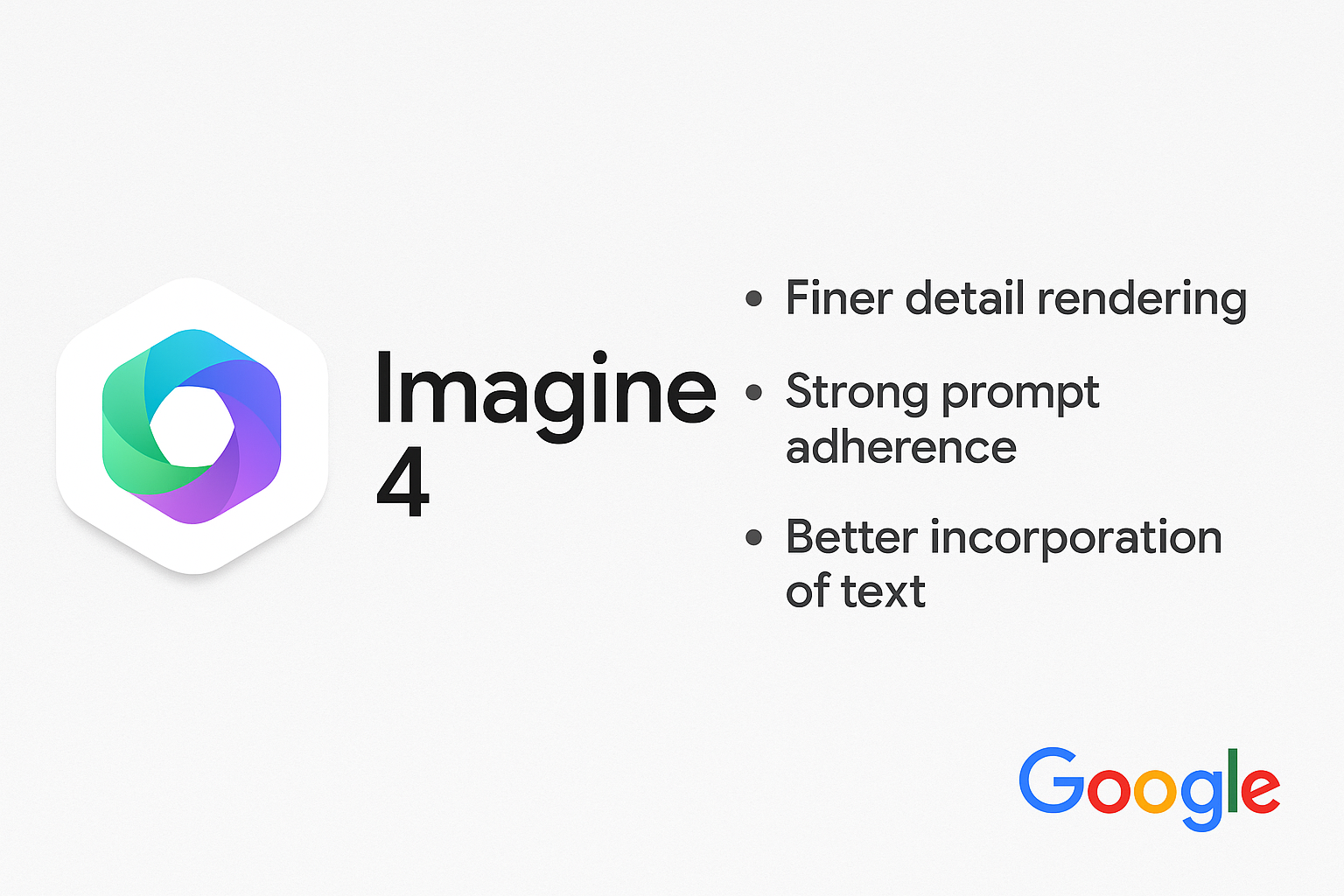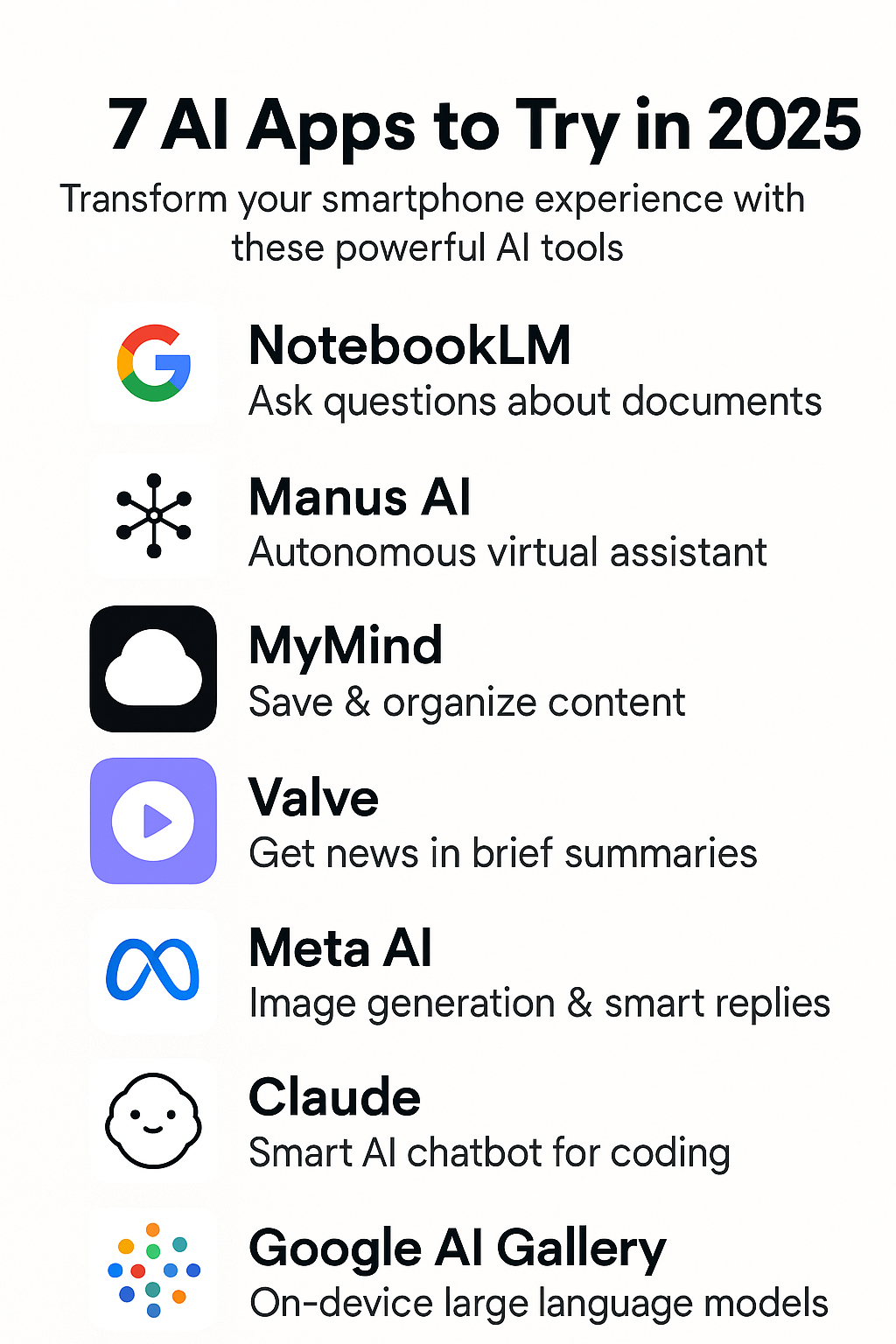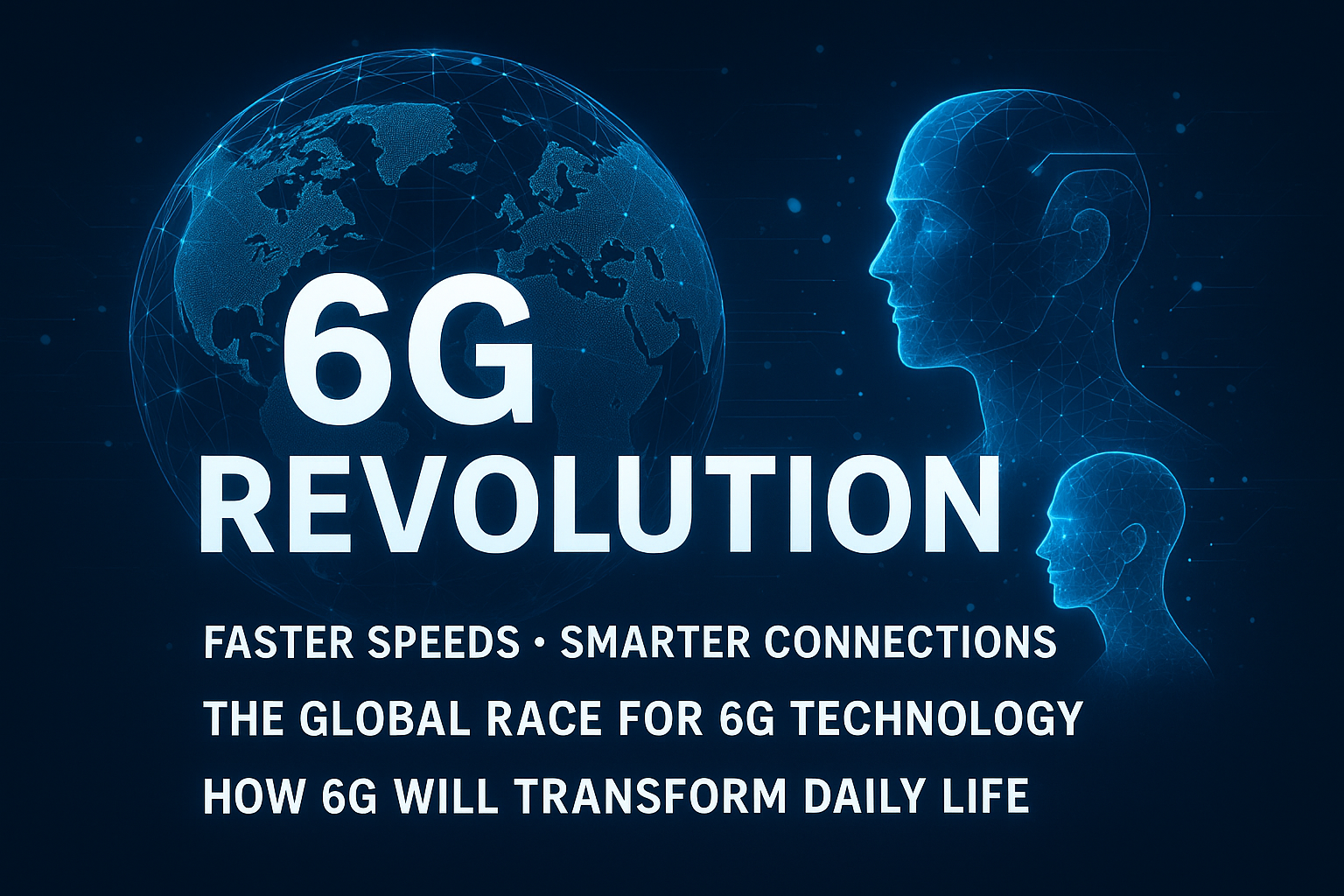Just a decade ago, watching a video online meant buffering, blurry screens, and frustration. Fast forward to today, and we’re living in a world of 4K streaming, real-time video calls, and AI-powered smart homes. It begs the question: What’s next?
Enter 6G, the sixth generation of wireless technology that promises not just faster internet — but a complete reimagining of how we connect, communicate, and live.
🌐 What is 6G?
If 5G was the leap from a bicycle to a sports car, then 6G is the equivalent of launching a spaceship. This upcoming technology promises data speeds 1,000 times faster than 5G, enabling real-time holographic communication, fully autonomous vehicles, and remote surgeries via robotics — all in ultra-high fidelity.
At the heart of 6G is a technology called terahertz waves. These waves operate at extremely high frequencies and allow devices to transfer data at speeds up to 1 terabit per second (Tbps).
To put that into perspective:
📥 You could download a full-length HD movie in under one second.
But 6G isn’t just about speed. It’s about hyper-connectivity — connecting not just people, but everything:
- Homes and buildings
- Vehicles and public transport
- Factories, agriculture, even entire smart cities
🌍 Who’s Leading the Global 6G Race?
🇨🇳 China: The Early Front-Runner
China has taken an aggressive lead in the global 6G race:
- Conducted successful satellite-to-ground laser communication tests at 100 Gbps
- Established a national 6G working group
- Invested heavily in R\&D through companies like Huawei and ZTE
- Included 6G in Beijing’s national development strategy
China’s approach is highly centralized, well-funded, and rapidly executed — giving it a significant head start.
🇺🇸 United States: Focused but Cautious
The U.S. is progressing through alliances and industry collaborations, notably:
- NextG Alliance, backed by industry leaders like Qualcomm and AT\&T
- Federal funding and spectrum planning for 6G trials
- Emphasis on open standards and security-first design
But many U.S. analysts believe the country is still prioritizing 5G utilization, which may slow its early momentum in 6G development.
🇪🇺 Europe: Balanced and Research-Driven
Europe has focused on:
- Building early standardization frameworks
- Encouraging collaboration between governments and tech companies like Nokia and Ericsson
- Supporting academic research through initiatives like Hexa-X
The region takes a methodical, standards-first approach, which may help long-term adoption but slows early rollouts.
🇮🇳 India: Ambitious and Emerging
India is not watching from the sidelines. Under its Bharat 6G Vision, the government is committed to making India a global hub for 6G development.
Key actions include:
- Investing in Research & Development: Collaborations between universities, startups, and telecom giants like Reliance Jio and Airtel.
- International Partnerships: Ties with Japan and Finland to share knowledge and co-develop technology.
- Fostering Local Innovation: Government support for Indian startups and ecosystem players in the wireless space.
With the success of its 5G rollout and affordable technology platforms, India is positioning itself as a competitive force in the next digital revolution.
🧠 What Will 6G Enable?
💬 Holographic Communication
Imagine making a video call — but instead of seeing a screen, you see a 3D hologram of the other person right in your living room.
🤖 Remote Surgeries & Healthcare
Doctors could operate on patients thousands of kilometers away using robotic tools powered by low-latency 6G — with zero lag and pinpoint precision.
🚗 Autonomous Transport
Self-driving vehicles will communicate with each other in real-time, reducing accidents and optimizing traffic flows.
🏙 Fully Smart Cities
From energy grids to garbage collection, cities will become self-optimizing systems thanks to billions of connected sensors powered by 6G.
🎮 Extreme-Realism Gaming and AR
Expect immersive, real-time augmented reality (AR) and metaverse applications without headsets lagging or connectivity issues.
⚠️ Challenges and Considerations
- Privacy & Surveillance: With increased connectivity comes the challenge of protecting personal data.
- Infrastructure: 6G will require new satellites, towers, and devices, making global implementation complex and costly.
- Digital Divide: There is a risk that 6G could widen the gap between tech-rich and underserved regions.
📅 When Will 6G Launch?
While early research and pilot programs are already underway, most experts predict that:
6G commercial deployment will begin around 2030
By that time, we’ll likely see initial adoption in high-tech hubs, followed by broader expansion in developed and emerging markets.
🔮 The Future of Connectivity
6G is more than just faster internet — it’s a technological platform that could redefine:
- Communication
- Mobility
- Education
- Healthcare
- Governance
The country that leads in 6G won’t just shape the future of technology — it will shape the future of the global economy.
📝 Final Thoughts
The 6G revolution is already underway, and while we may still be years away from full deployment, the competition is heating up. Whether it’s China’s rapid execution, the U.S.’s innovation strength, Europe’s standardization leadership, or India’s growing ambitions — the next generation of wireless technology will redefine our lives in more ways than we can currently imagine.
🌐 The question isn’t if 6G is coming. The question is — are we ready for it?








